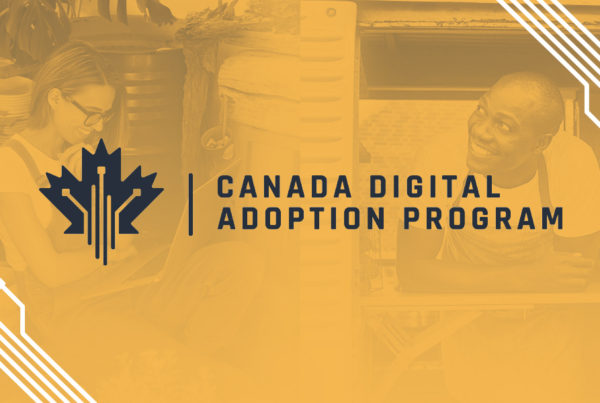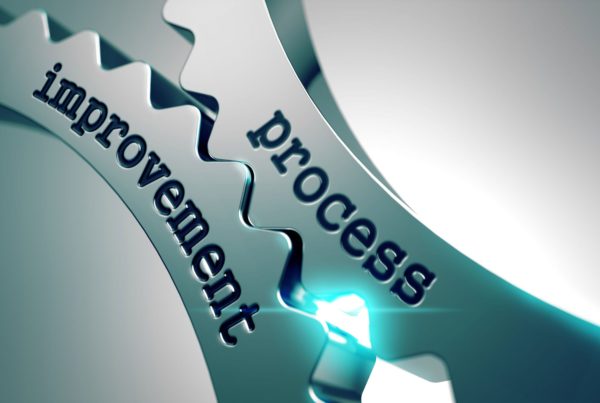”Being on par in terms of price and quality only gets you into the game. Service wins the game.
Tony AllesandraAuthor and business expert
If you have an organization that is currently facing rapid growth, your current customer service model may not be effectively serving the organization. Even throughout transitional periods, customer service must remain at the forefront within all organizations. To remain agile in times of growth, a move to a tiered support model may be of benefit to your organization. If you find that your customer service requests follow the Pareto (80/20) Principle – that 80% of customer requests are similar in nature and require a small set of answers, therefore only requiring 20% of your resources – the tiered support model may be the most effective choice for your organization.
What is a tiered customer service model?
A tiered organizational design involves multiple tiers of escalating customer service support. Customers make initial contact with tier 0, and issues are escalated to higher tiers if more specialized knowledge is needed.
What does this look like in practice?
Tier 0:
Tier 0 is the first and foremost tier – as well as the most overlooked. Comprising self-support mechanisms, Tier 0 is used to educate users on how to self solve problems. The most common requests should be dealt with through Tier 0, with the most repetitive requests being answered through automated means. When the implementation of a Tier 0 is skipped, customers jump directly to the more costly Tier 1, taking up unnecessary resources
Implement an effective Tier 0 by tracking the most common customer inquiries and answering them through the development of online guides, FAQs, and chatbots. If effectively implemented, Tier 0 can answer up to 80% of customer inquiries, without contact being made with your customer support team. If Tier 0 is unable to answer the customer’s inquiry, they move on to Tier 1 – contact with your customer service team.
Tier 1:
Tier 1 comprises the first point of person-to-person contact. These individuals handle basic inquiries regarding the product/service or administrative/billing issues. These interactions are handled quickly or escalated as necessary to Tier 2 specialists.
The development of Tier 1 requires the training of generalists, rather than subject matter experts. This results in a cost-effective support model for organizations to handle the majority of customer inquiries.
Tier 2:
Following escalation from Tier 1, we find Tier 2. Tier 2 is where the knowledge of the customer support team becomes specialized. They may be subject matter experts in a particular product/service area and should be able to answer more specialized customer requests. Most escalated issues should be solvable at the Tier 2 level.
Subsequent Tiers:
Following Tier 2 escalation are Tier 3 Support and possibly subsequent tiers. Each subsequent tier includes individuals with slightly elevated levels of knowledge or skills involving the product or service. The final tier – its level being dependent on the size of your organization – is the highest level of the hierarchy and consists of the highest expertise and skills, oftentimes the feature management or development team of your product/service. The number of service requests completed is minimal but may take a longer time to reach a solution. This allows higher-level subject matter experts to focus on the development of your product/service, while still being available for difficult customer requests.
Is the tiered support model right for my organization?
In recent years, the swarming (or collaborative) approach to customer service design has become popular to provide elevated levels of customer service. This takes the form of a flat hierarchy, where agents help each other to solve the problem. There are benefits and pitfalls of each approach. The swarming approach is ideal in situations where recurring support requests are low, and the support team is small.
More commonly, the tiered approach works best in organizations where the incoming issues are recurring, product changes are infrequent, and the support team is large. By ensuring that tier 0 and tier 1 support can solve most recurring issues, tiers can significantly reduce pressure on your customer service organization. It’s important to balance the number of tiers with the size of the organization – too few and you’ll have experts working on simple inquiries, but too many and you may have frustrated customers. However, effective implementation of the tiered support model can result in an efficient, cost-effective, and valuable solution to customer service.
Questions? Contact Us
If you want to learn how to implement a tiered support model within your organization contact us at Propel Solutions today. We specialize in creating high performing teams and have a proven track record of powerful results.
Propel Solutions
- 📍 789 W. Pender Street, Vancouver, BC, Canada
- 📞 604-346-5185








